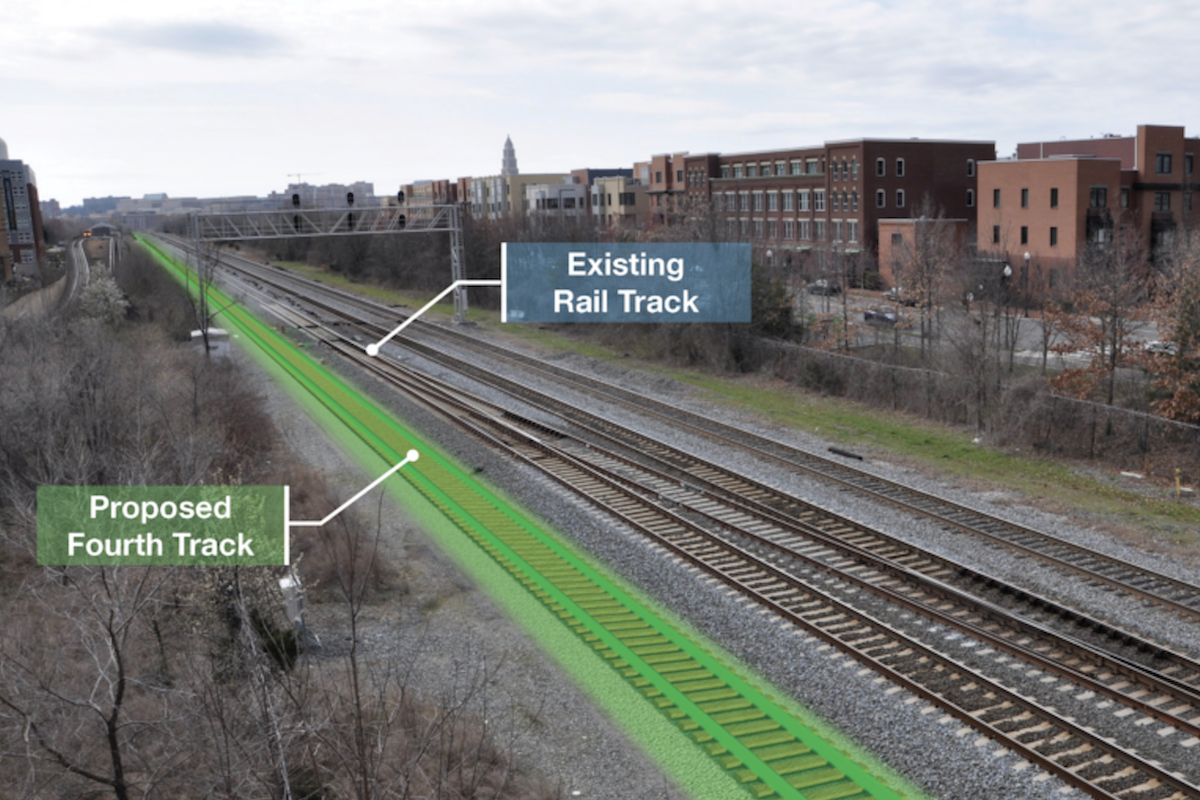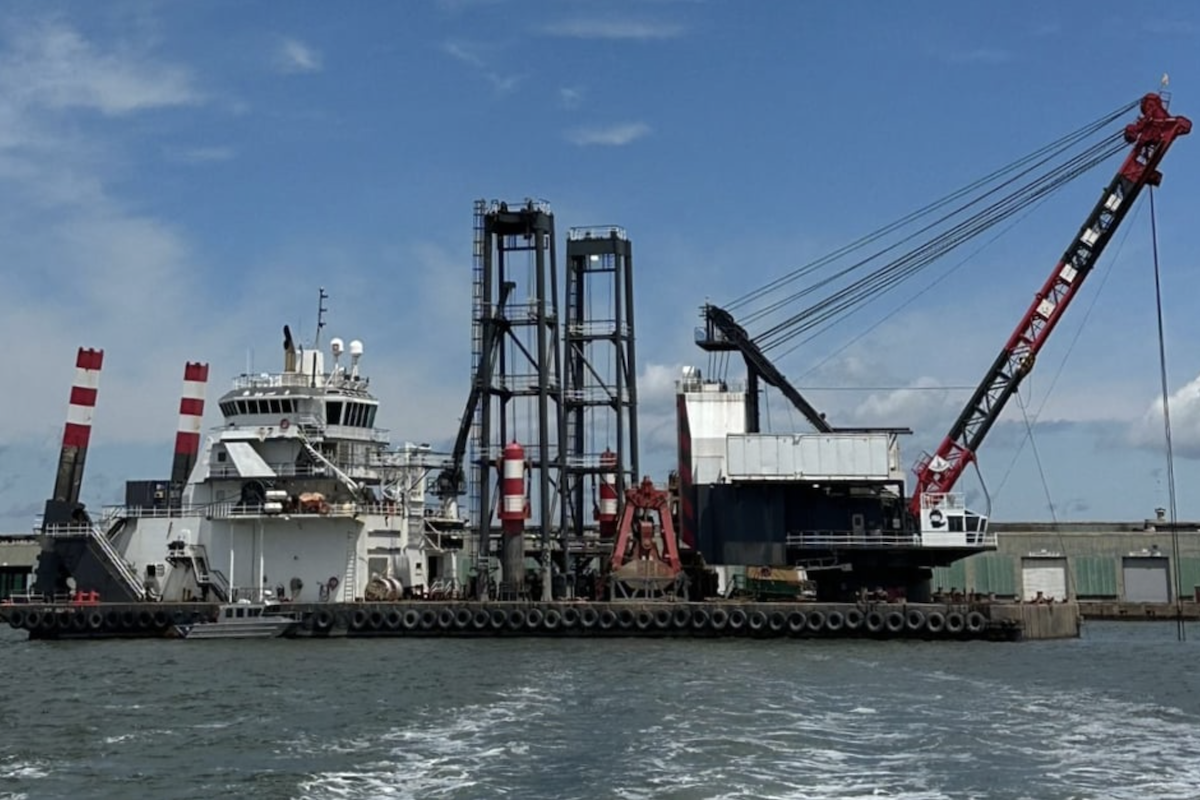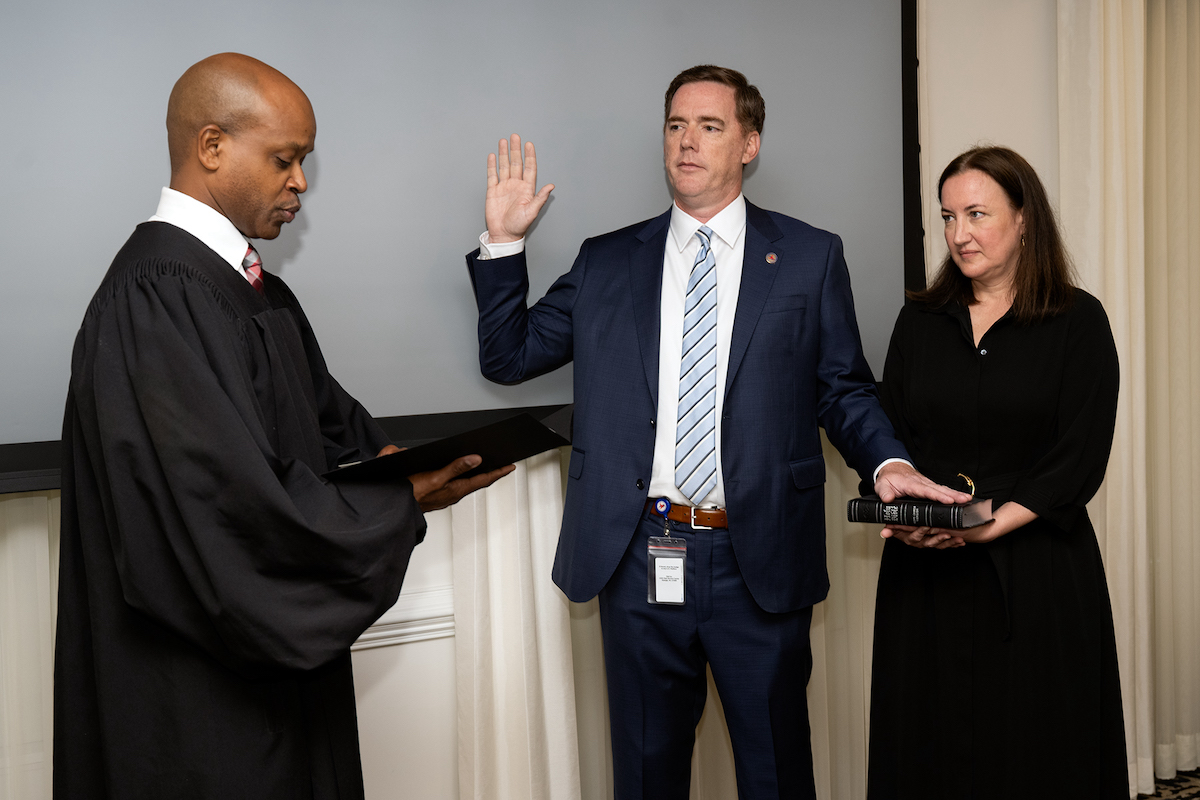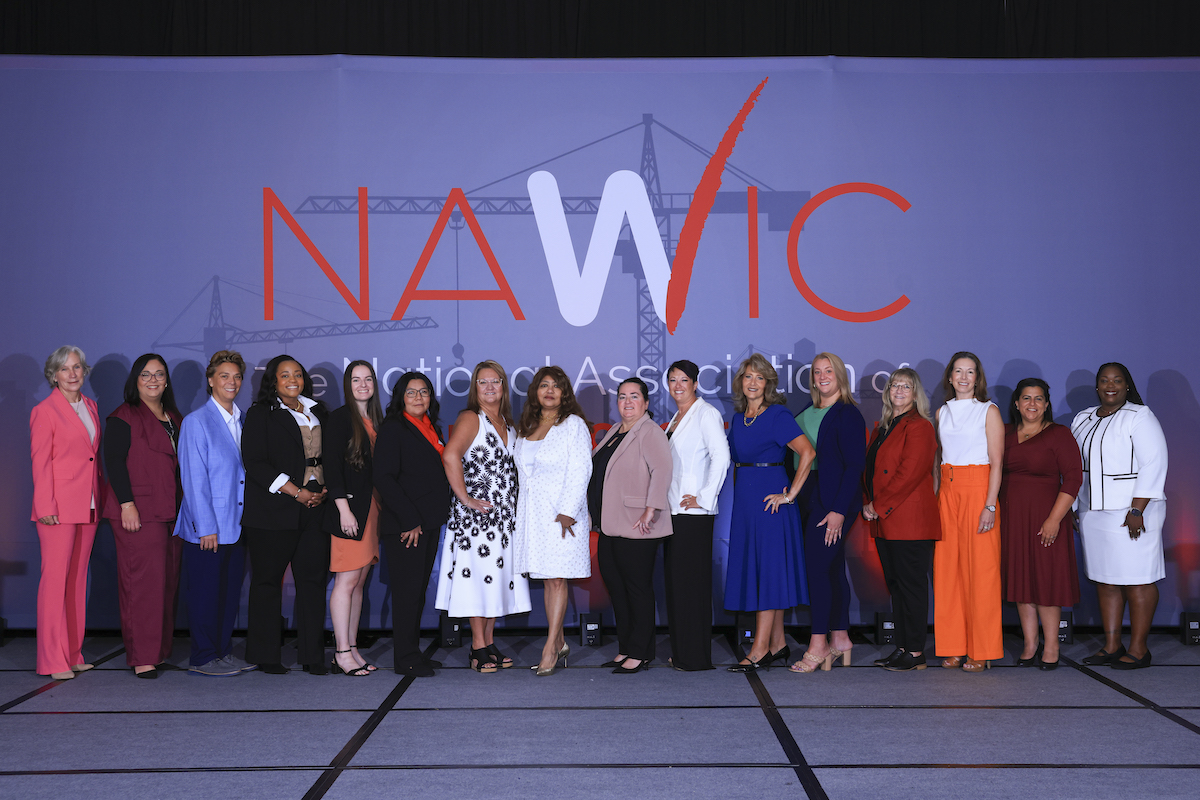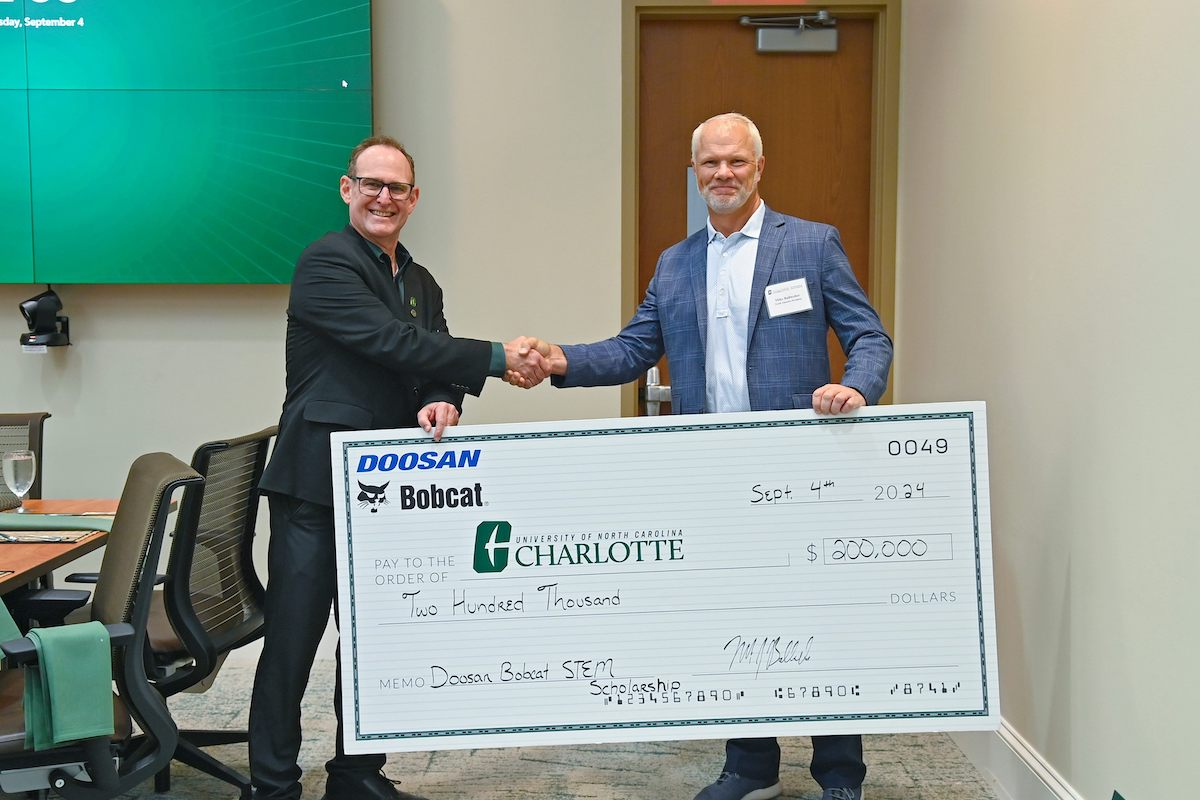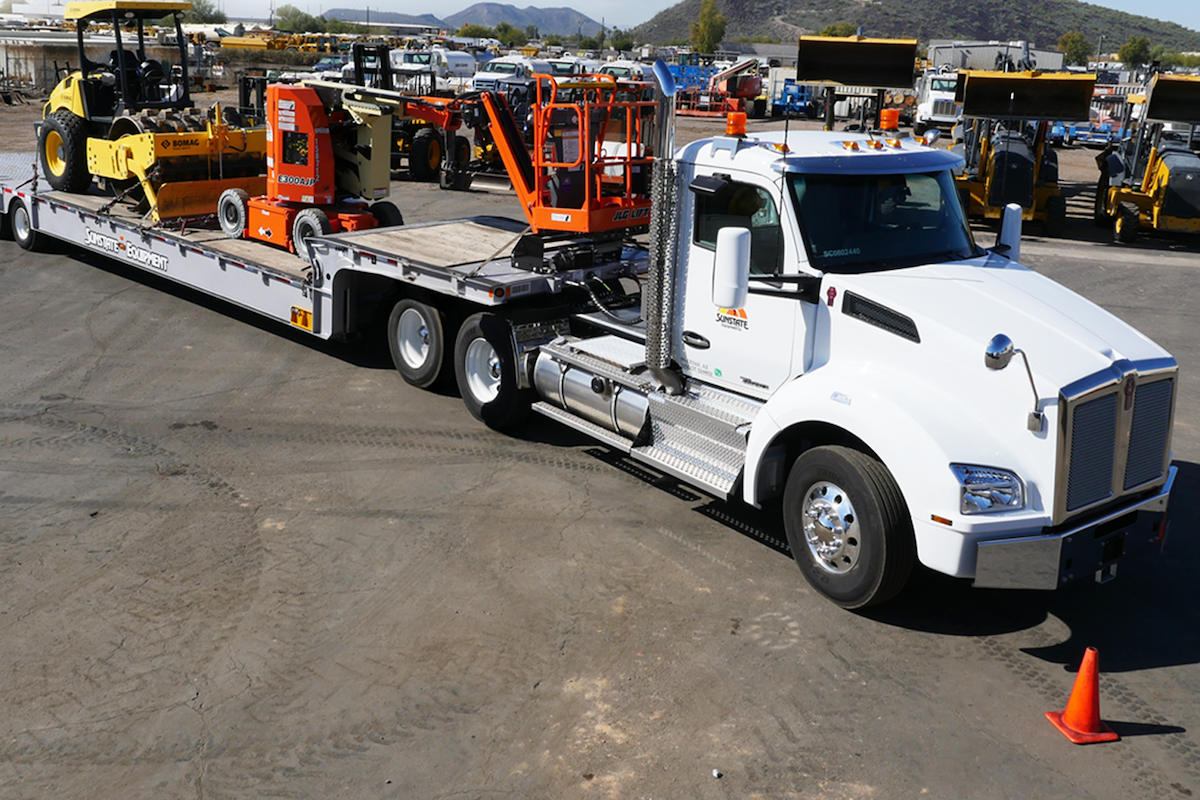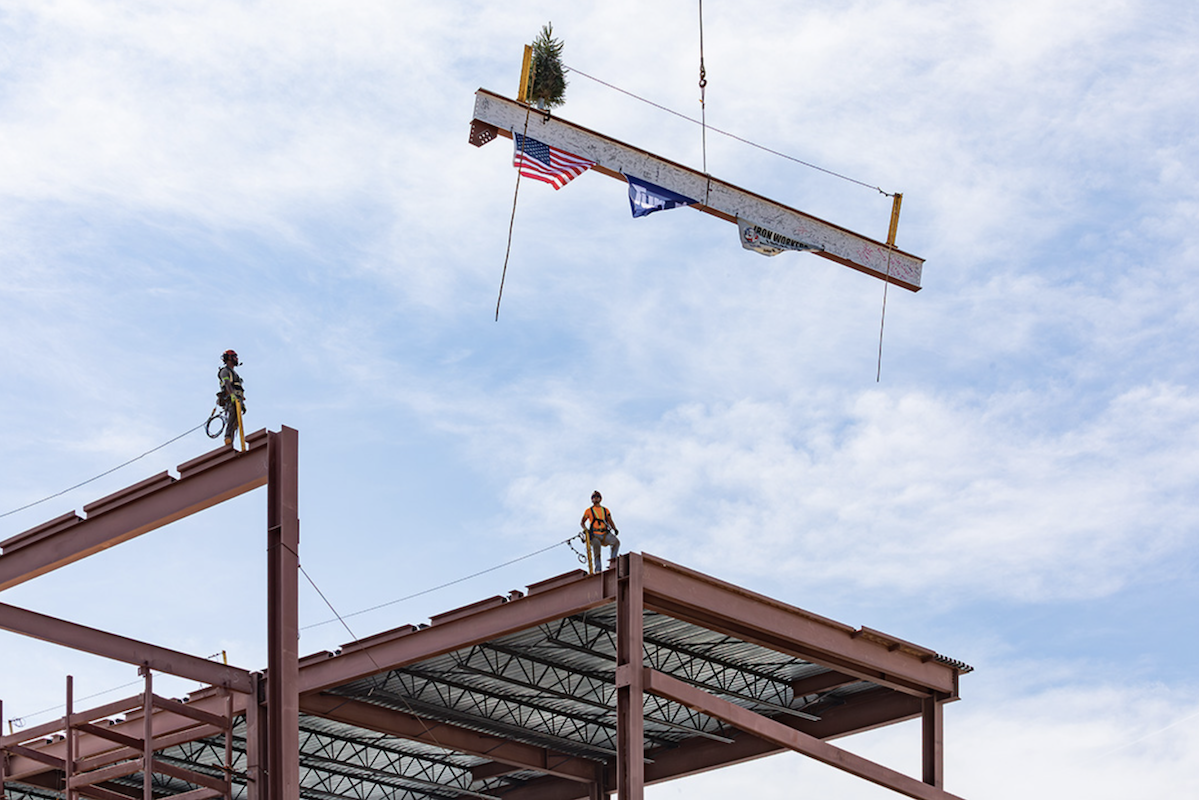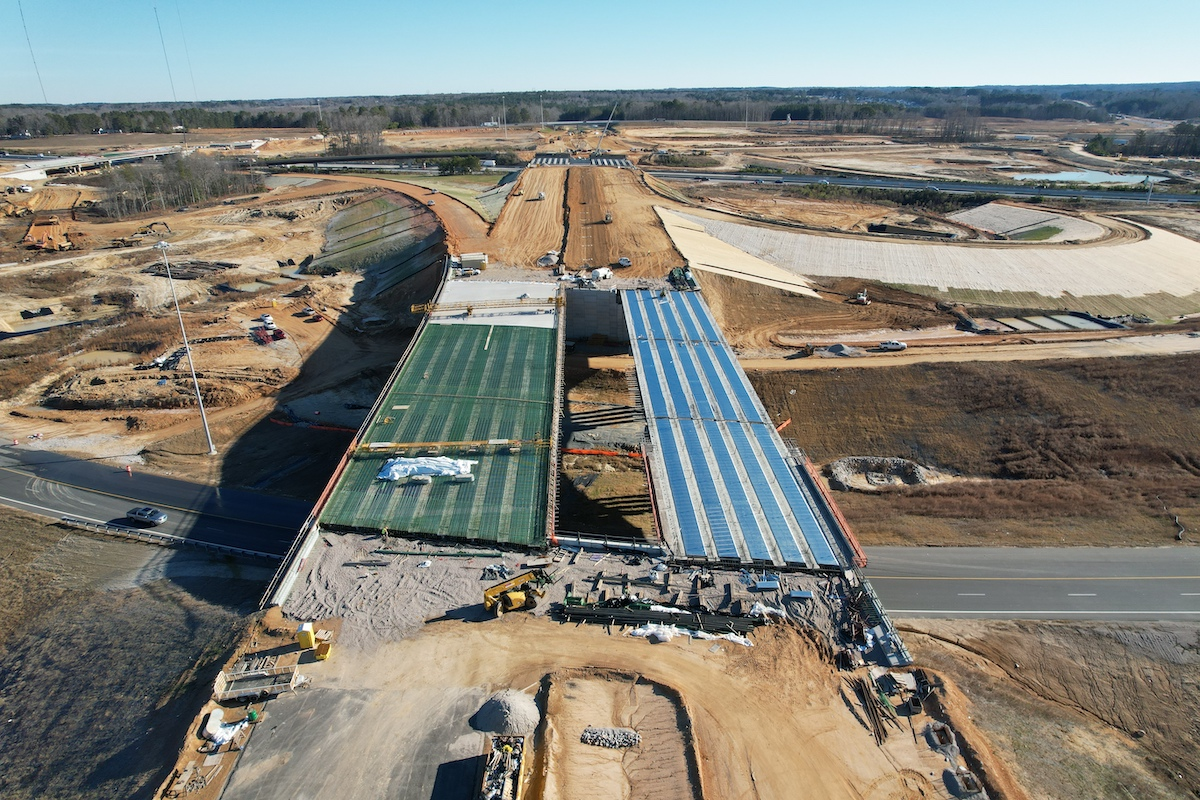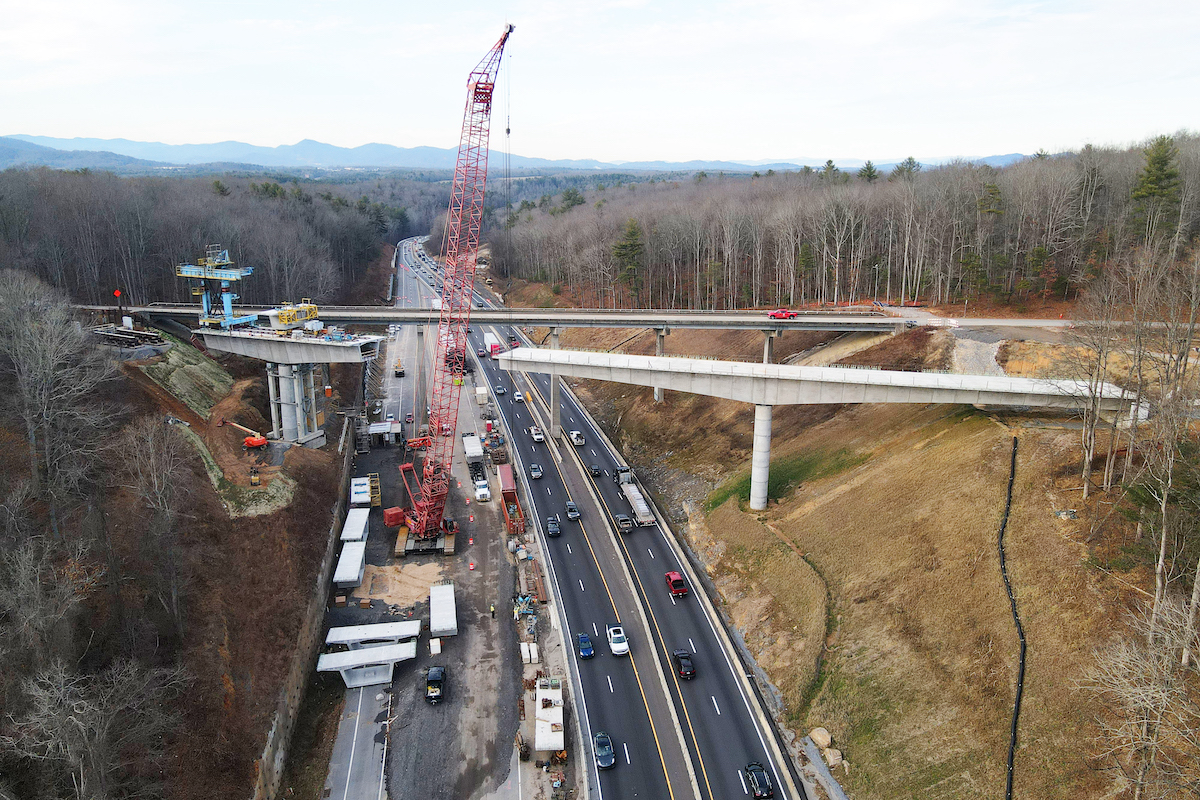The concrete segmental bridge’s future became in doubt in early 2020 when bridge inspectors discovered several cracks, some of them very serious, throughout the structure. The cracks were concerning enough that the Seattle Department of Transportation (SDOT) closed the bridge for safety reasons.
Rather suddenly, this vital piece of infrastructure that carried more than 100,000 vehicle crossings a day was out of commission. The 80,000 residents of West Seattle saw their commute to downtown change from 15 minutes to an hour or more overnight.
SDOT hired WSP to design improvements to the bridge, bringing on Kraemer North America as the contractor for the repairs and improvements and RS&H to manage construction. The $45 million refurbishment began in January this year and wrapped in time to reopen the bridge in September.
“The biggest thing that stands out to me is the effort and intensity of the project just because time was such a factor,” said RS&H Project Manager Tim Barry, PE. “It was made clear to the contractor and to us, that behind safety, the most important thing on this project was time.”

| Your local Komatsu America Corp dealer |
|---|
| Linder Industrial Machinery |
Not only have segmental bridge standards expanded since the original bridge was built in the 1980s, but traffic has increased, as has the loads they carry. In addition to the cracks, the bridge’s post-tensioning system was also struggling in parts.
“These kinds of issues aren’t uncommon, but to have issues this extreme is uncommon,” said Barry.
SDOT officials first discussed if the bridge needed replacement or an expansive repair. Replacing the bridge would have taken several years and cost hundreds of millions of dollars. Instead, the design team landed on a repair that would cost $45 million and have construction completed within a year.
Of course, to meet the already-tight timeline in a time where both labor and supplies are at a premium just added to the intensity of the project. The RS&H team settled with SDOT on a three-day review for submittals, even if that meant working through them late at nights and on weekends.
“There was no clock, no standard working hours,” Barry said. “It was do whatever it takes to get it done. It was go-go-go. To accomplish this took a lot of effort from the contractor, the city, and our people. We were the clearinghouse of getting submittals in and out.”
“We still had to hold everyone and everything to the highest standards, and if something wasn’t right, it wasn’t right.” Barry said. “I’ve got to give a lot of credit to the contractor – they did really great, quality work.”
Because it was a repair of an existing bridge, there were going to be issues the team never saw coming. As Barry said, “You’ve got to open the bridge up and see what is in there.”
Inspections revealed that new post-tensioning needed to be added, as did new infrastructure for the new post-tensioning system. The repairs to the West Seattle Bridge included nearly 60 miles of steel cables post-tensioned to form the new backbone of the bridge. Each cable was anchored into new specialized concrete blocks woven into the bridge and capable of holding more than 20 million pounds of force.
The new post-tensioning system worked in tandem with other repairs to the bridge, including an extensive network of more than 100,000 square feet of reinforced carbon fiber sheets wrapped inside and outside the bridge walls and over 240 gallons of epoxy injected into the cracks in the concrete.
During the repair process, crews installed permanent inspection platforms inside the bridge’s girders that will allow inspectors to examine the structure’s concrete more easily. The contractor also widened the left shoulder of the westbound lanes so that bridge inspectors can get inside the structure for frequent inspections without having to close a traffic lane.
The bridge now includes one of the most extensive, sophisticated bridge monitoring systems available, which allows SDOT to detect subtle movements or any growth of existing cracks. The safety system automatically alerts engineers immediately of any issues that would require further inspection.
In addition to the work on the main spans, the entire corridor was refurbished while it was closed to traffic.
“Because we had a closed corridor, there was more maintenance work we were able to accomplish on the whole corridor,” Barry said. This work included replacing old expansion joints and sign structures, pouring a new concrete overlay on the Fauntleroy Expressway to the west of the bridge, and repouring worn concrete panels on the bridge’s western approach.
The West Seattle Bridge reopened to traffic on September 18, two and a half years after cracks closed the bridge and just nine months after construction work began. The opening date also hit the target laid out by the Mayor of Seattle months earlier.
“Fortunately, we were able to save the bridge and repair it,” Barry said. “And we’re hoping to get 40 more years of life out of it.”






















